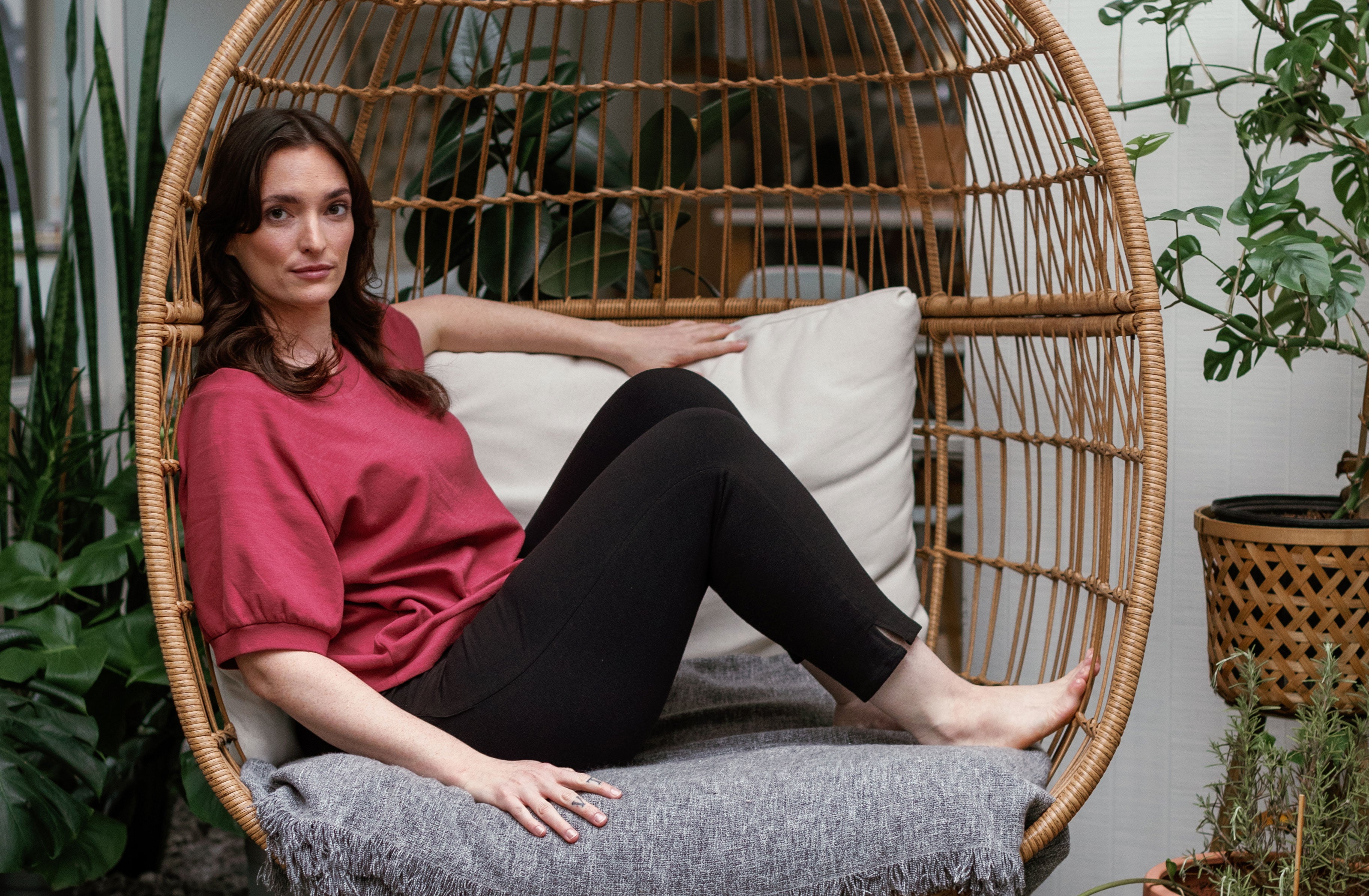
The Ultimate Guide to Bamboo Fabric Care

Guest Post by Sustainable Jungle
The world is buzzing about bamboo fabric, and for good reasons. As bamboo takes up more real estate in our closets, learning how to care for it becomes essential.
Before discussing how to care for bamboo fabric, let's recap why it's not your average run-of-the-mill fabric.
What Is Bamboo Fabric?
Bamboo is one of the world's most comfortable fabrics. It is valued for its softness, temperature-regulating, and anti-bacterial properties, which you'll get in YALA sleepwear, loungewear, and bedding.
When bamboo fabric is produced by a water and solvent recycling closed-loop process like YALA's, it's one of the most sustainable fabrics available. In addition, bamboo is the world's fastest-growing, most carbon-consumptive plant.
Learn more about why YALA chooses bamboo.
Because it is a natural fiber, bamboo is less tolerant to being treated with high heat and harsh chemicals than synthetic fabrics. You wouldn't pour bleach on a bamboo grove, so why would you use it on your Babydoll bamboo pajama set?
Bamboo Clothing: Wear More Wash Less
To extend the life of your bamboo clothing, limiting the frequency you wash them is the number one rule. Bamboo viscose jersey will maintain its shape and stretch longer with fewer washes.
Instead of washing after every wear, hang bamboo tops outside overnight or for a few hours in the evening. You'll be surprised what fresh air combined with this anti-bacterial fabric can do to freshen up your top for another day!
Even when washed on a gentle cycle, a washer's agitation can cause pilling, color fade, and shrinkage. So take a tip from the low waste living playbook and only wash your bamboo clothing when it truly needs it.
Besides, it'll save anywhere from 10-41 gallons of water each time.
Bamboo Bedding: Wash More for Ultimate Softness
Because YALA Bamboo Bedding does not have the stretch of bamboo clothing, it handles washing better and gets softer with each wash!
YALA bedding does not contain chemical stain repellants, which is another reason to wash regularly for a long and beautiful life.
More Washing Tips
Use Gentle, Eco-Friendly Soaps. YALA recommends washing all bamboo PJs and bedding using a mild soap, but in reality, this is a good rule of thumb for all fabrics. So what constitutes a mild soap exactly?
As with most things, nature knows best. Natural and organic laundry detergent ensures your clothes aren't steeped in harsh chemicals. You can even find natural, mild soaps in convenient and plastic free laundry detergent strips.
Never use Bleach or Fabric Softeners. You don't need it anyway, given how soft YALA's bamboo is naturally!
Wash in Cold. When it comes time to hit "Start," turn your dial to the gentle cycle to minimize fabric agitation and wash in Cold. This prevents color fading and shrinkage and is an effortlessly eco-friendly way to reduce your carbon footprint at home.
Wash Bamboo with Like Items. To prevent piling, always wash your bamboo products separately from heavier, rougher textiles like jeans, socks, and towels. Feel free to wash bamboo with similarly soft, lightweight items.
Wash Bamboo Inside Out. Wash garments inside out so that the inside of the garments take the wear while the outside is protected. This goes for all fabrics!
Drying
Air Dry When Possible. From a sustainable living perspective, dryers consume large amounts of energy. Six percent of average US home energy usage is from dryers. So drying your Savannah Nightgown naturally will preserve its elegant fit and save you money.
Tumble Dry Low. If air drying is not an option, always tumble dry your bamboo products on low heat and take them out of the dryer as soon as possible. Dryer sensors are often inaccurate, and dry clothing longer than necessary. Follow the same washing guidelines of keeping them separate from rougher, heavier fabrics and drying them inside out.
50/50 Method. Short on Time? To balance efficiency with best drying practices, YALA recommends a combination of air drying and a low tumble. Do a short dry cycle on low, and let them air dry on a hanger the rest of the way or vice versa.
All textiles wear faster when they're put in a dryer. If you need proof, take a few seconds to consider where the lint in your lint trap came from the next time you empty it. That's right, your clothes. This is why it's best to air dry as much as possible.
Preventing Stains
Sometimes accidents happen, but a spilled glass of wine is no reason to boo-hoo over your bamboo.
Especially since spills are remedied with a straightforward spot treatment of liquid dish soap and cold water. Avoid hot water; it will only set-in stains.
After spot treating the soiled area, wash the garment the same day.
Final Thoughts on Bamboo Fabric Care
While being entirely zero waste when it comes to clothes and bedding isn't possible, it is possible to learn how to take better care of our textiles to ensure their longevity.
YALA ensures its bamboo products are as eco-friendly as possible. With these tips, you can do your part to ensure that your bamboo fabrics last.



1 comment
Is it safe to dry clean bamboo/ cotton pants?
Chloe
Leave a comment
This site is protected by hCaptcha and the hCaptcha Privacy Policy and Terms of Service apply.